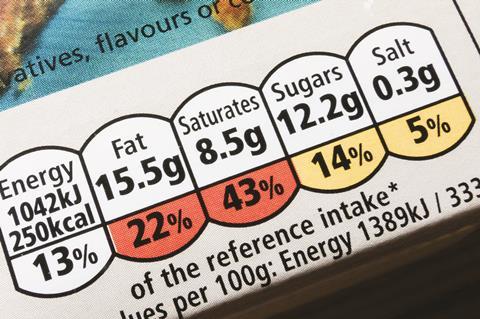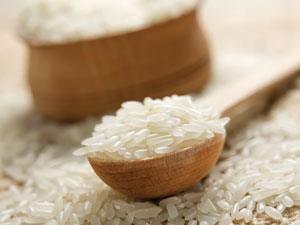We must move away from labeling foods as universally good or bad and start talking about dose

The demonisation of diet is one of the more questionable luxuries of the developed world. It seems likely that our very craving for sugar, salt and fats – so effectively exploited in junk food, often all at once – is an evolved reminder of how scarce they were for our malnourished ancestors. These were precious substances; to shun them would have seemed madness to our predecessors.
The 16th century Swiss physician Paracelsus said all that needs saying on most things dietary when he pronounced that the poison is in the dose. Anyone baffled by the turbulent ebb and flow of nutritional advice (and is anyone not?) should draw comfort from that. Antioxidants? Monosodium glutamate? Coffee? All in moderation.
That’s certainly true of salt, though you’d scarcely think so from much popular health advice. The well-established link between excessive salt intake and cardiovascular disease has made sodium chloride an enduring villain of the modern diet and the salt cellar a pariah of the dining table. Only magical powers can restore a sense of confidence in our cravings – by which I refer to the alleged ‘unique cellular structure’ of pink Himalayan salt, which stores ‘vibrational energy’ that will, among other things, ‘increase libido’. So that’s why you’re paying so much over the odds.
Of course, it is not so much salt itself that gets the bad press, but its profligate use in processed foods. As doctors rightly warn, too much salt may raise the blood pressure, putting you at risk of heart attacks and stroke.
Cardiovascular concerns
What can get lost among such admonitions is the fact that too little salt is also dangerous. It’s ironically apt that people following a fashionable (and, let me add, rather tasty) ‘paleo’ diet today have to take care not to fall prey to the salt deficiency that was probably a fact of life for our Stone Age ancestors. As molecular pharmacologist Eoin O’Brien of University College Dublin, Ireland, said in a recent commentary[1] in the Lancet, given the dependency of so many of our physiological systems on the sodium ion, it is no surprise that advocating low salt for everyone might not be sound advice.
O’Brien’s comment accompanies a study by clinical epidemiologist Andrew Mente of McMaster University, Canada, and colleagues of the interaction between salt dietary intake and cardiovascular disease.[2] The work complicates the simple message that salt is bad for the heart, while at the same time clarifying when it is and when it isn’t.
Their meta-analysis encompasses studies on around 133,000 people from 49 countries to tease out the associations between salt consumption (as revealed in urinary excretion levels), hypertension (high blood pressure), heart disease and related mortality.
Of this composite cohort, about half of the subjects suffered from hypertension. Mente and colleagues found that there was a link between high sodium intake (more than about 6–7g sodium per day) and cardiovascular events or death only for the people with hypertension, not for those without that condition. But low sodium intake (less than about 3g sodium per day) carried an increased risk of cardiovascular problems and death for both populations.
Salt shakeup
This isn’t the first time such conclusions have been drawn. A large-scale study called Pure, conducted in 2014 and included in the current McMaster analysis, also found a U-shaped association of salt and cardiovascular disease, with both high and low salt being risk factors[3]. The new work, however, is the ‘most persuasive evidence’ yet according to O’Brien, and establishes that the high-sodium risk is specific to people with hypertension – who make up just 11% or so of the general population.
The implication is that advising everyone to consume less salt is probably a bad idea. It will expose some to the risks of low salt intake even though high salt is not a risk factor for the majority. Rather, salt dietary advice should be directed towards the subset of people with hypertension. Such individuals are already routinely identified in health checks – although O’Brien says that, as this is largely a genetic condition, genetic profiling will, in future, make it possible to spot salt-sensitive people even sooner.
This isn’t the only example of the dangers of ‘one size fits all’ nutritional advice. But perhaps it will be the one that finally starts to shift public opinion and policy-making away from labeling dietary components as ‘good’ or ‘bad’. We must encourage people to see that the pros and cons of ingredients are not only dose-dependent, but relative to our individual physiology.











No comments yet